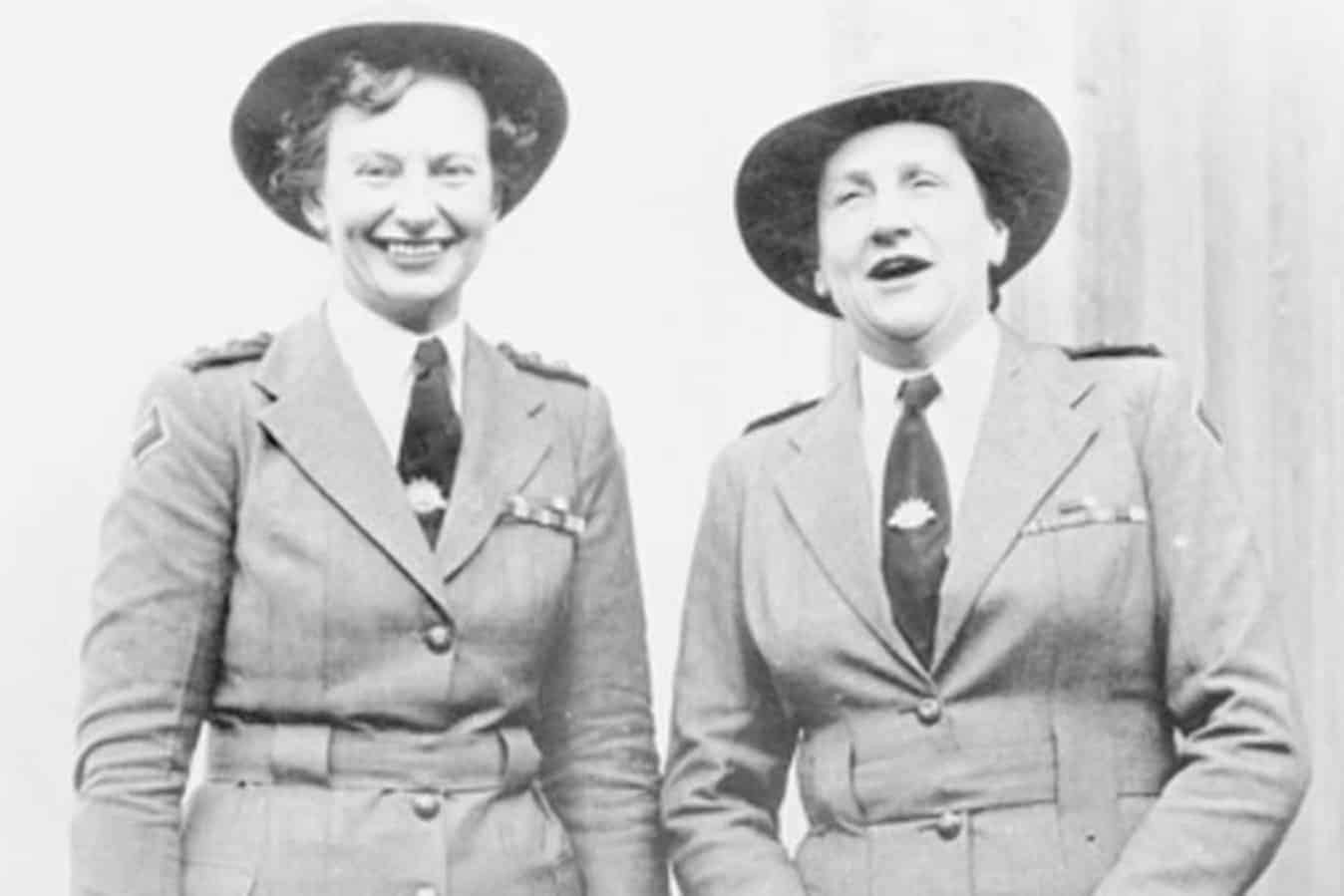The 79th anniversary of the Bangka Island Massacre, which claimed the lives of 21 Australian Army nurses on 16 February, 1942, was observed across the country this week.
Events to remember fallen nurses included a memorial service at South Australia’s Government House last Sunday, held by the South Australian Women’s Memorial Playing Fields Trust (SAWMPFT).
The Bangka Island Massacre was one of several significant events from the Second World War that claimed the lives of Australian nurses.
After a Japanese bombing on an overloaded vessel (The Vyner Brooke) carrying 300 people left several dead or lost at sea, a small group of 60 survivors, including 22 nurses, landed at Indonesia’s Bangka Island, where they quickly decided to surrender to Japanese soldiers.
While the group did so with the aim of ensuring their survival, their surrender was not accepted. The Japanese soldiers marched out both the wounded men and nursing contingent to the sea, where they were machine-gunned from behind.
History shows 21 out of the 22 nurses were killed, with only one nurse surviving: Sister Vivian Bullwinkel. She eventually avoided captivity for several days, alongside an injured British soldier, Patrick Kingsley, before surrendering once more and entering a Prisoner of War camp.
Finally freed three-and-a-half years later, in September 1945, Vivian went on to play a crucial role alongside other returning nurses in establishing the Australian Nurses Memorial Centre, while also going on to enjoy a long career in nursing.
Among other achievements, from 1961 to 1977 she worked as Director of Nursing at the Fairfield Infectious Diseases Hospital, and served from 1973 to 1974 as the President of the College of Nursing, Australia.
Ms Bullwinkel, who later moved to Western Australia, passed away from a heart attack in the year 2000, aged 84.
SAWMPFT’s annual service, held each year in South Australia, is part of its ongoing commitment to pay tribute to the legacy of women who have served Australia overseas during armed conflict.








